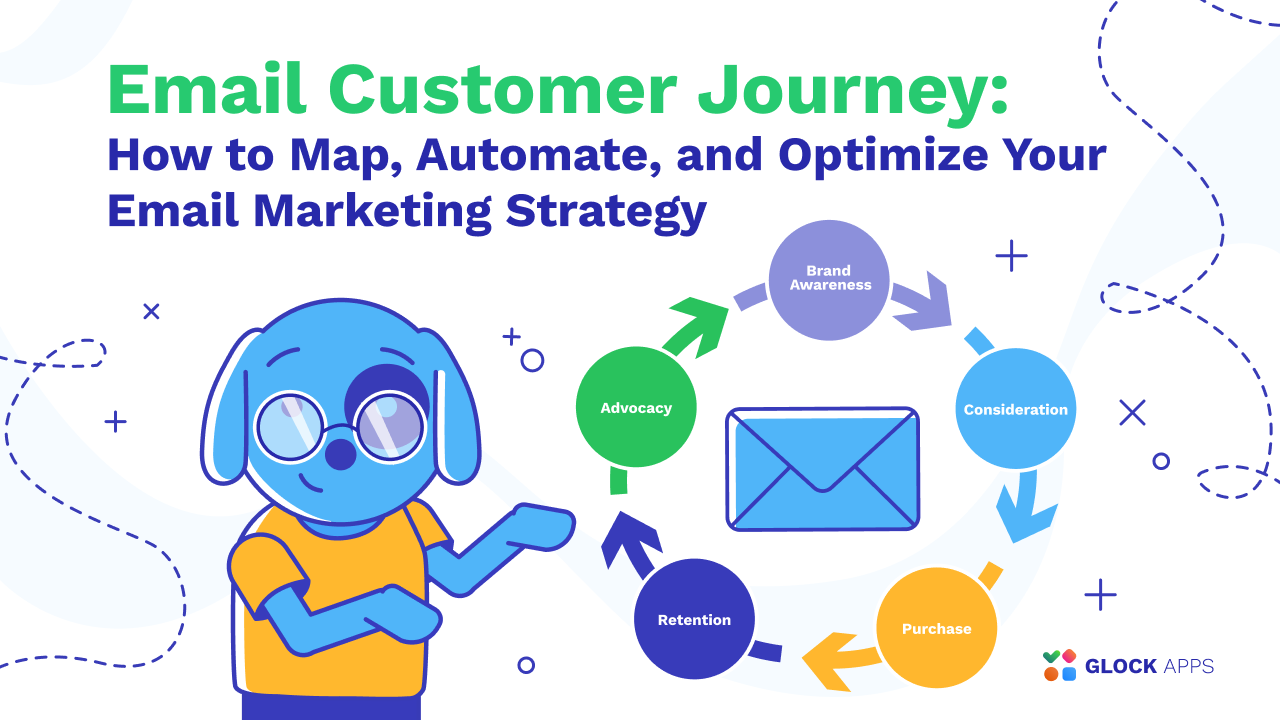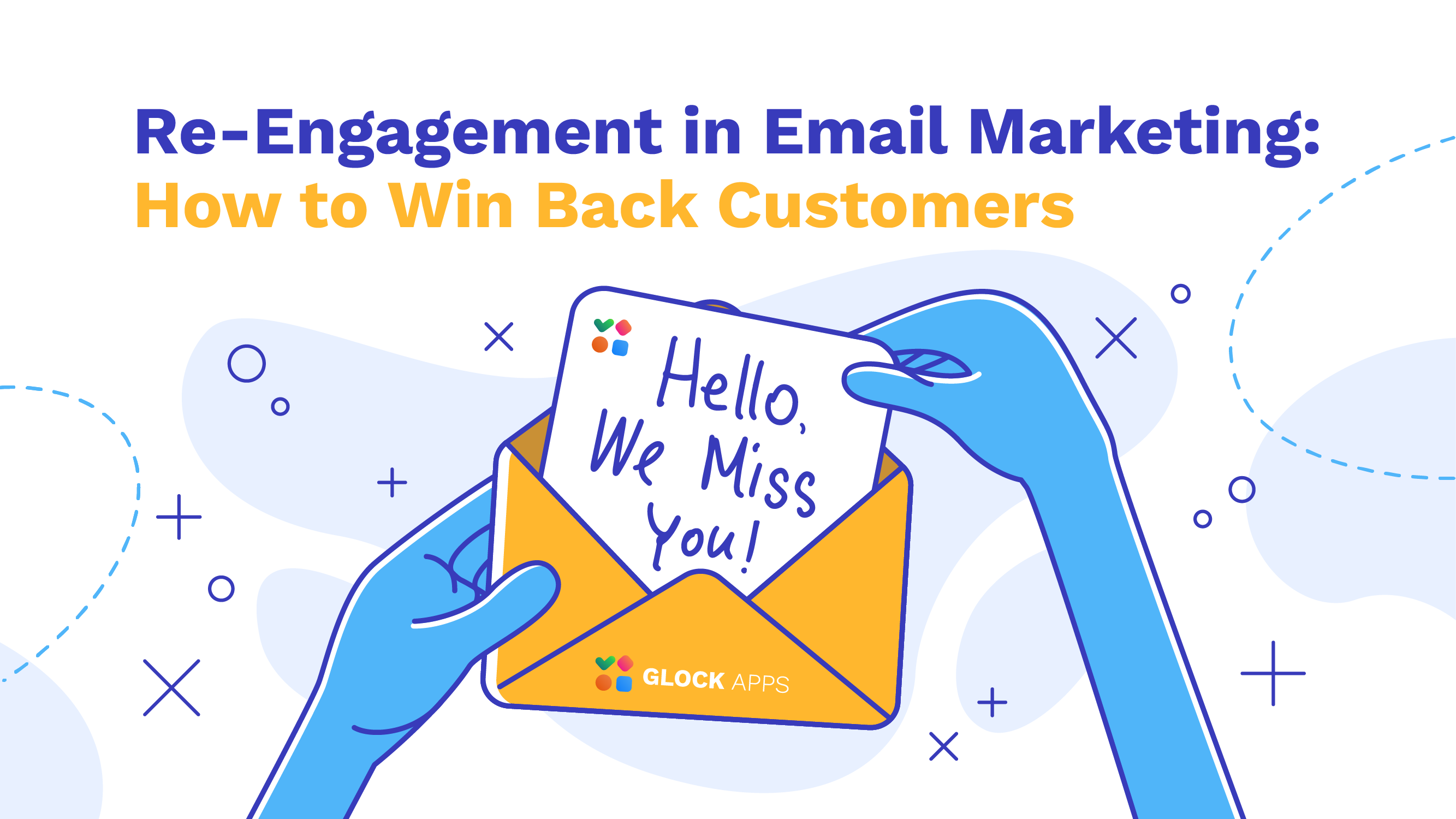Email Marketing Funnels: What They Are and How to Create One

Estimated reading time: 6 minutes
If you’re diving into email marketing, you’ve probably heard the term “email marketing funnel”. But what does it actually mean, and why should you care? An email marketing funnel is your roadmap for turning leads into customers through a carefully structured email sequence. It’s not just about sending random emails, but rather creating a path that guides your audience from the moment they sign up to when they finally make a purchase.
In this guide, we’ll break down what an email marketing funnel is, how it works, and how you can create one that brings real results.
What is an Email Marketing Funnel?
At its core, an email marketing funnel is a structured, step-by-step approach to guiding your leads through the customer journey via email. It’s a way of nurturing relationships with your audience, turning casual subscribers into loyal customers.
Much like any marketing funnel, the email marketing funnel follows a series of stages, each one designed to provide value and build trust with your audience. These stages generally include:
- Awareness – Where potential leads first discover your business.
- Interest – Where leads become more engaged and interested in your offerings.
- Decision – Where leads are close to making a purchase and need a final nudge.
- Action – Where the lead becomes a paying customer.
What is the Purpose of a Funnel?
The primary purpose of a marketing funnel is to convert potential customers into loyal buyers. It’s a tool for guiding leads through the decision-making process, providing them with the right content and messages at the right time. For email marketers, a well-designed funnel helps increase engagement, build trust, and drive sales.
What Does a Funnel Look Like?
In the context of email marketing, the funnel typically starts when a lead subscribes to your email list, often in exchange for something of value like a free resource or a discount. From there, they move through a series of well-crafted email sequences that aim to nurture their interest, address their pain points, and build trust.
At each stage, the content in your emails will evolve to meet the specific needs of your leads. For example, early emails might focus on educating your leads and introducing them to your brand, while later emails might highlight customer reviews or offer time-sensitive promotions to encourage a purchase.
Marketing and Sales Funnel: The Connection
While the marketing funnel focuses on attracting and engaging leads, the sales funnel is all about converting those leads into paying customers. An email marketing funnel can bridge this gap, helping to both nurture leads and guide them toward a purchase.
The stages of a sales funnel include:
- Top of the Funnel (TOFU) – Awareness-building content like blog posts, social media posts, or educational resources.
- Middle of the Funnel (MOFU) – Engagement content that builds trust, such as case studies, webinars, and email newsletters.
- Bottom of the Funnel (BOFU) – Sales-focused content that encourages a purchase, such as discounts, offers, or product demos.
By understanding the different stages of both marketing and sales funnels, you can craft email campaigns that help leads move from one stage to the next.
Best Sales Funnel Examples
Not sure where to start? Here are some of the best sales funnel examples to inspire your email marketing strategy:
- Welcome Funnel – This is the first email sequence a lead will encounter after subscribing. It typically includes a welcome message, an introduction to your brand, and a free resource or offer to build goodwill.
- Nurture Funnel – These emails aim to build trust with your audience by offering helpful content, case studies, or testimonials. The goal is to guide the lead through the decision-making process without being overly salesy.
- Cart Abandonment Funnel – This email sequence targets people who added items to their cart but didn’t complete the purchase. It often includes reminders, discounts, or social proof to encourage the lead to finish the transaction.
- Re-engagement Funnel – For subscribers who haven’t interacted with your emails in a while, this sequence seeks to reignite their interest by offering new incentives or exclusive content.
- Product Launch Funnel: This type of funnel is designed to build excitement around a new product. It typically includes a series of emails leading up to the launch date, with exclusive sneak peeks, early access, and special offers.
In this type of email, you’ll probably want to include links, images, or infographics. To make sure everything renders correctly and your links are not broken, use GlockApps! In our Inbox Insight, you’ll get a detailed analysis of your email content.
How to Create an Email Marketing Funnel
Now that you understand the basic structure of an email marketing funnel, let’s explore how to create one for your business.
1. Define Your Funnel Stages.
Start by defining the different stages of your funnel: awareness, interest, decision, and action. Tailor the content at each stage to guide your leads toward the next phase. For example, early emails should introduce your brand and offer value, while later emails should focus on closing the sale.
2. Segment Your Audience.
Not all leads are at the same stage, so segmenting your audience is essential. You may want to create different email sequences for different types of leads. For example, you could have a separate funnel for new subscribers versus past customers.
3. Craft Engaging Content.
The content of your emails should be engaging, valuable, and aligned with the stage of the funnel the lead is in. Provide educational resources, tips, case studies, and incentives that resonate with your audience and address their needs.
4. Automate Your Funnel.
Once your emails are created, the next step is automation. Setting up an automated email sequence ensures that each lead receives the right message at the right time, even when you’re not actively managing your campaigns.
5. Test and Optimize.
The best way to improve your email marketing funnel is by constantly testing and optimizing your email sequences. Track metrics like click-through rates and conversion rates to identify what’s working and what needs improvement. When sending such important emails, you must be sure they will reach your customers’ inboxes. That’s why you should test your email deliverability to avoid any issues with spam.
Conclusion
An email marketing funnel is a powerful tool that can take your marketing strategy to the next level. By nurturing leads with well-timed, valuable content, you can guide them through the buyer’s journey and increase your chances of making a sale.
Whether you’re just starting or looking to refine your email marketing efforts, an automated email funnel can help you stay organized, save time, and most importantly, boost conversions.
FAQ
An email funnel helps you stay connected with your audience, nurture relationships, and drive sales.
The funnel starts when someone subscribes to your email list. You then send them a series of emails designed to move them through different stages: awareness, interest, decision, and action. Each email provides value and encourages them to take the next step.
The key stages include:
– Awareness
– Interest
– Decision
– Action
A marketing funnel focuses on attracting and engaging leads, while a sales funnel is more about converting those leads into customers.



